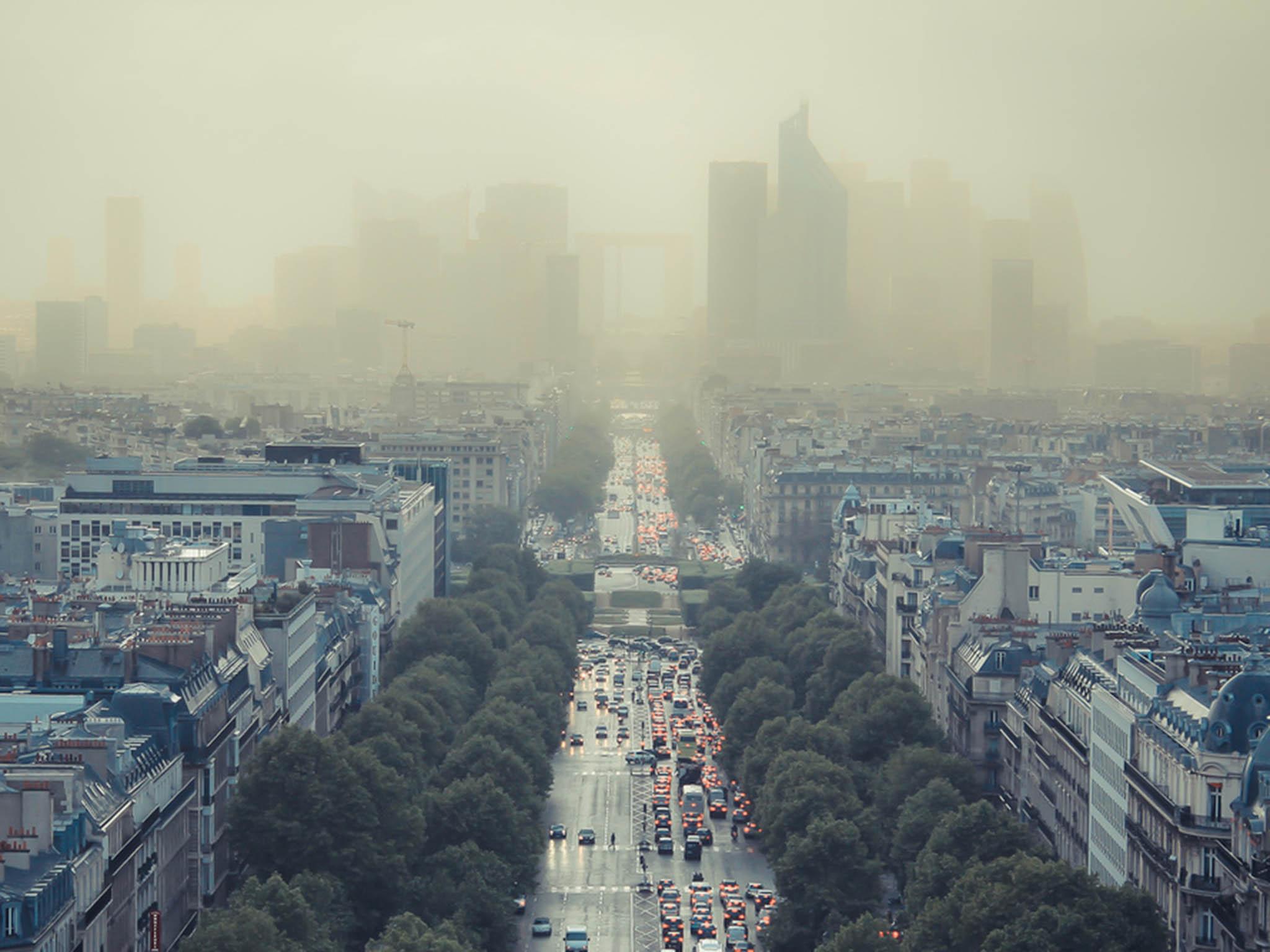Your support helps us to tell the story
From reproductive rights to climate change to Big Tech, The Independent is on the ground when the story is developing. Whether it's investigating the financials of Elon Musk's pro-Trump PAC or producing our latest documentary, 'The A Word', which shines a light on the American women fighting for reproductive rights, we know how important it is to parse out the facts from the messaging.
At such a critical moment in US history, we need reporters on the ground. Your donation allows us to keep sending journalists to speak to both sides of the story.
The Independent is trusted by Americans across the entire political spectrum. And unlike many other quality news outlets, we choose not to lock Americans out of our reporting and analysis with paywalls. We believe quality journalism should be available to everyone, paid for by those who can afford it.
Your support makes all the difference.Beijing, London, Mexico City, New Delhi and Paris are among the cities that have drawn attention for their dangerously high air pollution levels in 2016 – but they’re not alone. The World Health Organisation (WHO) has confirmed that 92 per cent of the world’s urban population now live in cities where the air is toxic.
In India, a study found that 41 Indian cities of more than a million people faced bad air quality on nearly 60 per cent of the total days monitored. Three cities – Gwalior, Varanasi and Allahabad – didn’t even manage one good air quality day.
Over on the African continent, dirty air was identified as the cause of 712,000 premature deaths – that’s more than unsafe water (542,000), childhood malnutrition (275,000) or unsafe sanitation (391,000).
In Europe, it was found that around 85 per cent of the urban population are exposed to harmful fine particulate matter (PM2.5) which was responsible for an estimated 467,000 premature deaths in 41 European countries.
It’s not all bad news though: 74 major Chinese cities have seen the annual average concentrations of particulate matter, sulphur dioxide and nitrogen dioxide decrease since 2014, although the Chinese government’s “war on air pollution” has received criticism.
Health risk
The health impacts of air pollution are well documented; but now, new evidence suggests a link between air pollution and dementia and Alzheimer’s disease, with exposure to poor air quality equivalent to passively smoking six cigarettes a day. Not only that, toxic air has been blamed for more road traffic crashes from pollutants distracting drivers, causing watery eyes and itchy noses.
It is often poor, young, old and disadvantaged people who are worst affected by poor air quality. Air pollution is responsible for the deaths of 600,000 children under the age of five every year. Ethnic minorities were more likely to be exposed to high pollution levels than other groups. In London, black, African and Caribbean people were exposed to higher illegal nitrogen dioxide levels (15.3 per cent) because of where they lived, compared to the rest of the city’s population (13.3 per cent).
Air pollution also affects regional climate, which impacts on future water availability and ecosystem productivity. Black carbon is a particulate matter created through the burning of fossil fuels (such as diesel) and biomass. As well as effecting human health, it is responsible for glacial melting in the Himalayan and Tibetan Plateau. Black carbon deposits on snow and ice darkens surfaces, resulting in greater absorption of sunlight and faster melting.

Research from the World Bank estimated the global economic cost of air pollution-related deaths to be US$225bn in lost labour income (in 2013) and more than US$5 trillion in welfare losses. The OECD predicted that global air pollution-related healthcare costs will increase from US$21bn in 2015 to US$176bn in 2060. And by 2060, the global annual number of lost working days that affect labour productivity is projected to reach 3.7 billion – it is currently around 1.2 billion.
Air creative
A number of creative ways to understand and address the air pollution problem were seen throughout 2016. In London, racing pigeons took to the skies equipped with pollution sensors and a Twitter account, to raise awareness of the capital’s illegally dirty air. Amsterdam carried on the bird theme, with smart bird houses that light up to show the air quality status, while offering free Treewifi.
Other innovations included the development of an inexpensive over-the-counter inhaler that protects the lungs against air pollution, and the installation of a seven-metre tall tower in Beijing, which sucks pollutants from filthy air.
Raising awareness of the causes and effects of air pollution is important, as we are not only victims, but also contributors to the problem. There have also been many air quality monitoring projects to engage citizens on air pollution issue such as “curious noses”, which saw Antwerp residents measure traffic pollution, and “clean air zones” in North Carolina, US, where individuals measured particulate matter in real time.
We’ve also seen awareness lead to action, when the demand for clean air led to ClientEarth taking legal action against the Government's failure tackle illegal air pollution. Meanwhile, artists in London produced their own campaigns aimed at warning young people of poor air quality.
Change is in the air
This year the UN’s New Urban Agenda, the Sustainable Development Goals and the Breathe Life Campaign called for action to improve urban air quality and deliver social, environmental and economic co-benefits.
Meanwhile, Paris, Mexico City, Madrid and Athens have pledged to remove all diesel vehicles from their streets by 2025, while promoting walking and cycling infrastructure. In Asia, a city certification programme is being piloted to encourage cities to make advances in air quality management.
If anything, 2016 has shown us that poor air quality is a scourge of the developed and developing world alike – and that it requires immediate action. The evidence is clear: we need to clean up our act, to protect human health and reap the benefits of clean air for all.
This article first appeared on The Conversation (theconversation.com). Gary Haq is a senior research associate in sustainable development, human ecology, at the University of York

Join our commenting forum
Join thought-provoking conversations, follow other Independent readers and see their replies
Comments